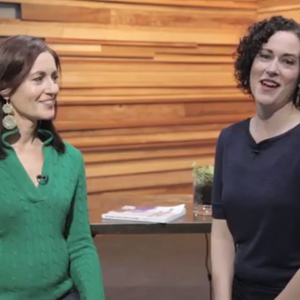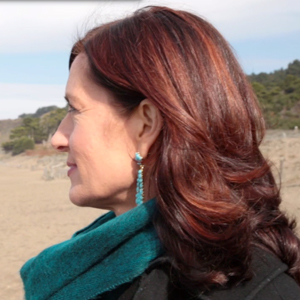I cannot tell you how many artists I hear from who are eager to learn more and about making art and making money but they say:
I’ll apply to The Semester after I’ve created a body of work.
OMG! Would you invest enormous amounts of time and energy in creating a product line and then go to business school?
Probably not such a good idea. Right?
Actually, I have mixed feelings about the usefulness of business school and art school. But you get my point.
Do you want to know the real reason why you don’t have a meaningful “body of work?”
Because you don’t know what value your art brings to anyone but yourself.
This is why you are lacking in creative inspiration.
In order to feel a consistent rush of inspiration you must know deep down inside:
- your why, your creative purpose, this has nothing to do with your art but everything to do with you
- your mission, the one problem that is really worth solving, this has nothing to do with your art but everything to do with others
- your how, unique value proposition
- your who, your target market
If you cannot confidently answer these four questions, you’re never going to create that “body of work.”
You’re going to procrastinate and feel stuck and that is going to leave you feeling like you have lack of focus and confidence.
How do I know? Because I’ve been there and I hear from thousands artists all around the globe who tell me that this is how they’re feeling.
The other key point is this. Selling art sucks. Yes. That’s right. It sucks. If it didn’t, you wouldn’t be ready my blog.
Why? Because you and I both know that neither of us have enough talent.
There’s always going to be another artist who is more gifted.
The keys to the kingdom come by way of creating value above and beyond your art and to selling that. Like these artists.
What’s the point of doing all of this work and invested in supplies to create these “products” if you don’t know why you’re doing it and who you’re doing it for?
If you’re making art for yourself. Cool. That’s a hobby. But if you want to get paid, that is a business.
And in business, no one pays you just to entertain yourself.
Once you can answer the four vital questions above then you can create a meaningful body of work to serve as a “prototype.”
Prototypes allow you to test your value proposition with different target markets. They’re part of research and development, R & D.
If a target market doesn’t buy, you have an opportunity to find out why and improve upon it BEFORE you create an entire “body of work.”
Are you compromising your creativity and integrity with this approach?
Just the opposite! This proven process forces you be more creative, less self-centered, and more productive.
Two things happen when artists can answer the four vital questions above. They become more:
- Focused
- Confident
I’ve noticed that the tone of voice changes in these artists.
If you’ve sold you art but you would like to sell more, be honest with yourself. Can you answer the four vital questions above?
To be clear, I’m do not suggest that you apply to enroll in The Semester if you don’t have any experience in making or selling art.
You need evidence that this is something that gives you great joy and you really want more.
And that you want to sell your art bad enough that you’re willing to learn the skills that are required to create an artistic enterprise just like you had to learn the skills to master your creative medium.
If you’ve been holding off applying to enroll in The Semester because you think you need a “body of work,” you’ve got it twisted.
Creating a complete body of work before you can answer the four vital questions above, is broken thinking left over from the scarcity and permission based art establishment.
The art establishment needs you to swallow this notion to justify their existence.
The New Creative Class, knows better.
Personally, there is nothing more inspiring to me than selling my art and seeing my patrons experience the value above and beyond it.
What value do you offer above and beyond your art?
How do you feel when you sell your art?
How do you feel when you don’t sell your art?
About Ann Rea
Ann Rea is a San Francisco based Artist and Entrepreneur. Her inspired business approach to selling her paintings have been featured on HGTV and the Good Life Project, in Fortune, and The Wine Enthusiast magazines, profiled in the book Career Renegade. Rea’s artistic talent is commended by American art icon, Wayne Thiebaud, and she has a growing list of collectors across North America and Europe.










